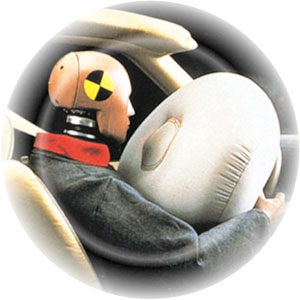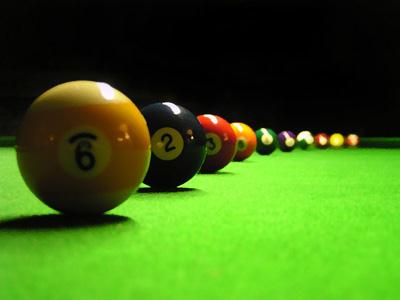Impulse Lab
Purpose: The purpose of this lab was to measure the impulse of an object, which is another way of looking at the change in momentum in terms of change rather than total. We also wanted to determine what the relationship was between impulse, force, and time during a collision.
Procedure: We took our red cart with an aluminum ring attached to it and crashed it into our force probe, also with an aluminum ring attached to it. This created a collision, which made it possible for us to measure impulse. This data was recorded onto the Graphical Analysis application on the computer.
Data: We calculated the velocity before and after the collision by measuring the mean of both.
Then the computer calculated the area of the Force Time Graph
Results:
- Velocity Before: .551m/s
- Velocity After: -.495m/s
- Area of Force Time Graph: -.3304s*N
- Momentum Before: (.25kg)(.551m/s) = .138J
- Momentum After: (.25kg)(-.495)= -.124J
- IMPULSE= -.262 kgm/s
Data 2: With all of these calculations we are able to measure the percent difference
Percent Difference= 23%
Equation Time!
Analysis:
- In a collision impulse is conserved (it remains constant)
- Impulse is Equal but Opposite (inversely related)
- If you add more time in a collision, your force will decrease (and vice versa)
- Newton's 3rd Law: For every action, there is an equal and opposite reaction
Real Life Connection:
Airbags:
- The importance of airbags are so stressed because in a car crash, and airbag can save your life. The airbag relates to impulse, force, and time because it slows down the rate at which you collide with an object and stop. The airbag adds more time to the collision and therefore it decreases the force, because the two are inversely related.
Arms in a collision:
- Something as simple as holding your arms out when you collide into something can make the collision less harmful. When you hold your arms out it acts as a barrier between you and the wall, and also makes it take more time for you to collide into the wall. Because you are increasing your total time in the collision, you are decreasing the force of your collision.













